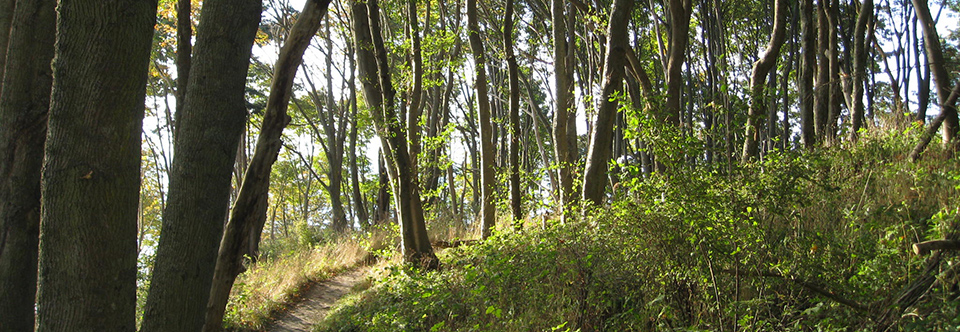Let’s go surfin now
Everybody’s learning how
Come on and safari with me
(come on and safari with…)
Those are the lyrics to “Surfin’ Safari” by Beach Boys Brian Wilson and Mike Love, which are my latest earworm. Maybe they can bring a little feeling of summer to this crazy-temperatured winter, swinging here in Dallas from 32 degress this morning to 76 degrees earlier in the week. Thinking about actual surfing is not my intent, however, or the impetus that embedded that song on repeat in my head.
The concept of “riding the waves”, rather, has been on my mind because of the concept of mindfulness and it’s usefulness in coping with the stresses of daily life. As we attempt to manage what life throws us, riding the waves is an apt analogy. In the midst of bad stuff, of whatever type–anxiety, grief, depression, cravings–it’s pretty human to feel that the conflict or stress will pull us under, swamp us, knock us down, literally drown us. Most of us tend to lose sight of the big picture, focusing instead on the looming tsunami of our lives. Especially if we’re prone to negative thinking, brains run on repeat: “I’ll never get over it,” “It will always be this way,” “I can’t stand it any longer.” Of course we feel overwhelmed.
Bring in the concept of surfing the waves, however, and challenges become manageable. Troubles, of whatever type, do have a natural ebb and flow. After every wave comes a trough. The power that threatens to sweep us away is replaced by the calm. In the midst of negative feelings, it’s extremely helpful to step back and notice. Watch your anxiety, even timing it with a stopwatch. You zero in on the worry, and it dissipates a bit. Examine your cravings: you must have that Krispy Kreme one moment, and the next minute your mind has moved onto something else. Charting your hunger over the course of two hours shows definite dips and peaks. Allow yourself to vent your anger, or sob through your grief for twenty minutes, and just like the waves, calm rushes in. You’re cried out–for now. Illness wrecks your week, and the next week, everyone is well.
It’s a powerful exercise to step back, notice what you notice (in the words of Stephanie Eldringhoff, a new teacher I’ve enjoyed discovering), and see that just the act of noticing can begin the shift. Be reassured that after every pounding wave, there is that drift to calm. Sure, sometimes the waves come faster and more furiously than we feel we can stand. That’s the point to give up on holding the stance, and ride the waves instead. We can manage so much more when we are mindful of that fact that there’s bound to be a break soon. Trust that relief will come, the intensity will lessen, and you’ll hang on and ride that surf.
Call it a mindfulness safari, and venture into it with open arms.





